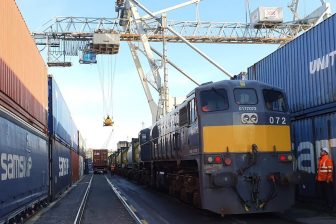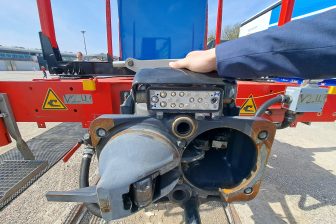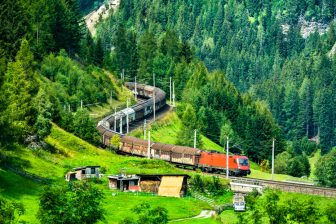The Netherlands has most congested railway network of Europe
The Netherlands had the most congested railway network of Europe in 2016. It operated almost 50 thousand train kilometre per route kilometre. The most intensively used networks are all in the north-west, including the United Kingdom, Austria, Denmark, Luxembourg, Germany and Belgium. In these countries the network utilisation rates were some 70 per cent higher than the EU average.
This was concluded in the Sixth Rail Market Monitoring Report (RMMS), adopted by the Commission last week. “Congestion underlines the existence of infrastructure limitations; this prevents all potential traffic from travelling on the network”, the report reads. The total length of track declared congested is increasing and reached almost 3 thousand kilometre in 2016, including 1 thousand kilometre of rail freight corridors.
Freight least prioritised
The report also pointed out that 40 per cent of total congested track was in the United Kingdom. There is also considerable congestion in Germany, Italy and Romania, all of which have declared more than 100 kilometre of track as congested.
Moreover, freight is commonly the least prioritised railway traffic, having to make way for services provided under public service obligation and international passenger traffic.
Slow recovery
Total EU train kilometres, which include both passenger and freight train movements, remained stable between 2009 and 2016. Rail passenger traffic continued to grow 1.7 per cent per year. By contrast, rail freight traffic struggled to recover from the significant drop in volumes experienced in 2009, the low point of the economic crisis. A peak in 2011 was followed by a slow recovery from 2012.
In 2016, EU freight traffic volumes reached 419 billion tonne kilometres out of 2.5 trillion of land transport overall. Around half of total rail freight is cross-border. “This lends rail freight a strong European dimension, and makes it even more sensitive to a lack of interoperability and cooperation between national rail networks that can affect its competitiveness”, the report states.
Railway length
The total length of the EU rail network was around 221 thousand line kilometres and about 54 per cent of this was electrified, shows data of the year 2016. The high-speed network stretched to over 8 400 line kilometres, having more than doubled in length between 2003 and 2017.
The total length of the network was somewhat (1.6 per cent) lower than in 2011, but this varied greatly from one country to another. Lithuania had by far extended its network the most, followed by Germany and the Netherlands. The least extended networks were in Greece, Portugal and France.





